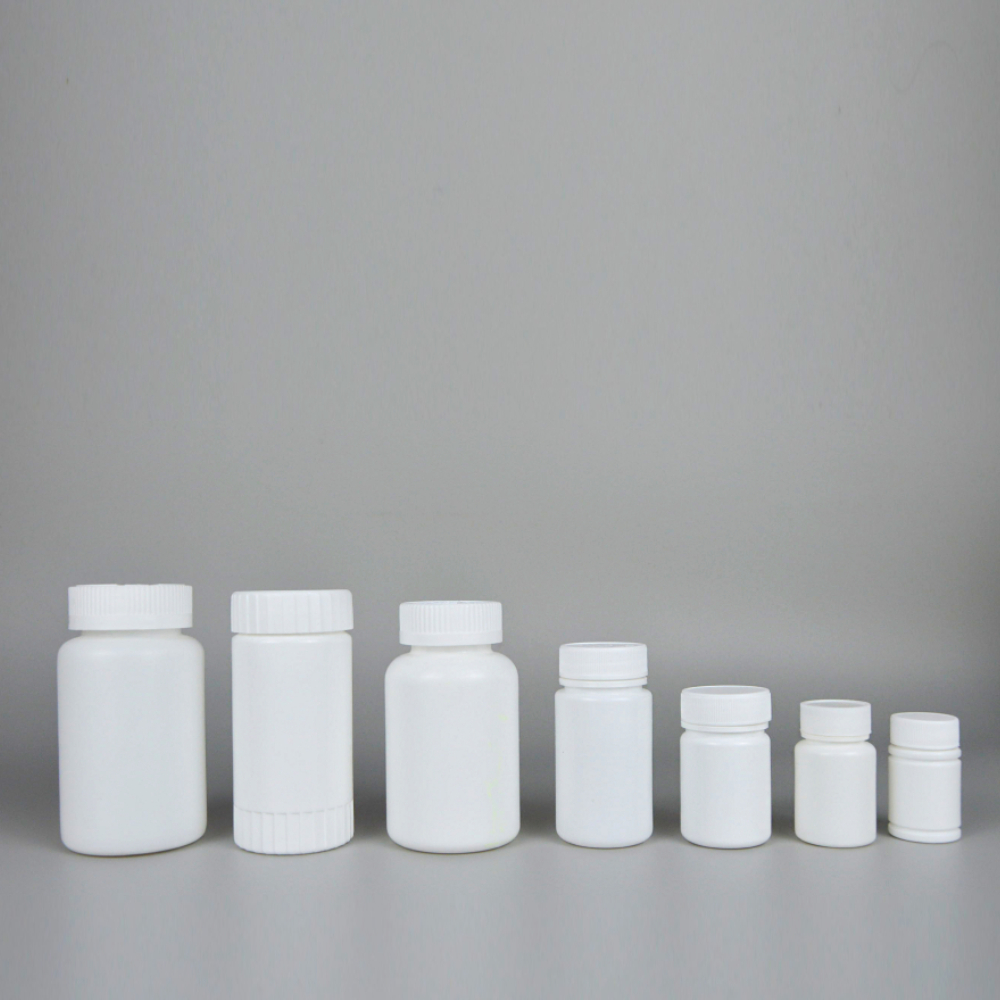Sterile Eye Dropper Bottle Solutions for Safe and Effective Eye Care
The Importance of Sterile Eye Dropper Bottles in Ophthalmic Care
In recent years, the demand for safe and effective ophthalmic solutions has surged, driven by increased awareness of eye health and the growing prevalence of eye-related conditions. At the forefront of these solutions are sterile eye dropper bottles, crucial tools in the administration of medications and treatments for a variety of ocular conditions. Understanding the significance of these bottles, as well as the standards they must meet, is key for both healthcare providers and patients.
What Are Sterile Eye Dropper Bottles?
Sterile eye dropper bottles are specially designed containers that hold liquid medications intended for use in the eyes. These bottles are manufactured under stringent sterile conditions to prevent contamination. Typically made from materials such as plastic or glass, they feature a dropper mechanism that allows for precise dispensing of the liquid dosage. This design is critical, as the eyes are highly sensitive and any foreign contaminants can lead to infections or irritation.
Why Sterility Matters
The primary advantage of using sterile eye dropper bottles lies in their ability to maintain a contamination-free environment for the medication. The eyes are susceptible to various infections, and using non-sterile products can introduce harmful bacteria, fungi, or viruses. For example, common conditions such as conjunctivitis or keratitis can severely impact vision and overall eye health. Thus, clinicians and patients must ensure that only sterile products are used when administering eye treatments.
Manufacturing Standards and Regulations
To ensure the highest level of sterility, the production of eye dropper bottles is subject to regulations imposed by health authorities such as the Food and Drug Administration (FDA) in the United States and the European Medicines Agency (EMA) in Europe. These organizations require rigorous testing and validation processes to confirm that the manufacturing environment is free from contaminants. Bottles must also undergo sterilization processes, such as autoclaving or gamma radiation, to ensure that they are safe for use.
Quality control is another critical aspect of the manufacturing process. Each batch of sterile eye dropper bottles undergoes testing to verify that the product meets specific sterility standards. This includes both visual inspection and microbiological testing to screen for potential contaminants. Only products that pass these tests are released to the market, giving healthcare providers and patients peace of mind when using these essential tools.
sterile eye dropper bottles

Choosing the Right Eye Dropper Bottle
When selecting a sterile eye dropper bottle, several factors need to be considered. One of the most important is the type of medication it will contain. Some formulations may require specific bottle materials or designs to maintain stability and efficacy. For instance, certain medications are sensitive to light and may need opaque containers to protect them from degradation.
Additionally, the dropper design itself can significantly influence the ease of administering the medication. A well-designed dropper allows for accurate dosing, reducing the likelihood of underdosing or overdosing, which can have serious implications for treatment efficacy.
Patient Education and Awareness
Educating patients about the importance of using sterile eye dropper bottles is paramount in reducing the risk of complications associated with ocular treatments. Patients should be instructed on proper handling techniques, including how to avoid touching the dropper tip, proper storage methods, and the importance of discarding any unused product after the expiration date.
Furthermore, practitioners should emphasize the significance of following prescribed dosages and schedules for eye medications. Mismanagement of treatments can lead to persistent eye conditions that are difficult to cure.
Conclusion
In conclusion, sterile eye dropper bottles play an indispensable role in ophthalmic care, ensuring that medications are safely delivered to the eyes without the risk of contamination. Understanding their significance, adhering to rigorous manufacturing standards, and emphasizing patient education are all essential components in promoting optimal eye health. As we continue to advance in the field of ophthalmology, the importance of maintaining sterility in eye care products remains a fundamental priority for healthcare providers and patients alike.
-
Aesthetic Makeup Spray Bottles | Fine Mist Empty RefillableNewsAug.19,2025
-
White Plastic Veterinary Vaccine Vials | Lab Liquid BottlesNewsAug.18,2025
-
Plastic Medicine Liquid Bottle: Secure Flip Top Drug VialsNewsAug.17,2025
-
Durable 250ml Blue Plastic Vaccine Vial for Lab & Vet UseNewsAug.16,2025
-
Sterile Virus Sample Tubes: Secure & Reliable Specimen CollectionNewsAug.15,2025
-
White 250ml Plastic Vaccine Vial for Lab & Vet MedicineNewsAug.14,2025
























